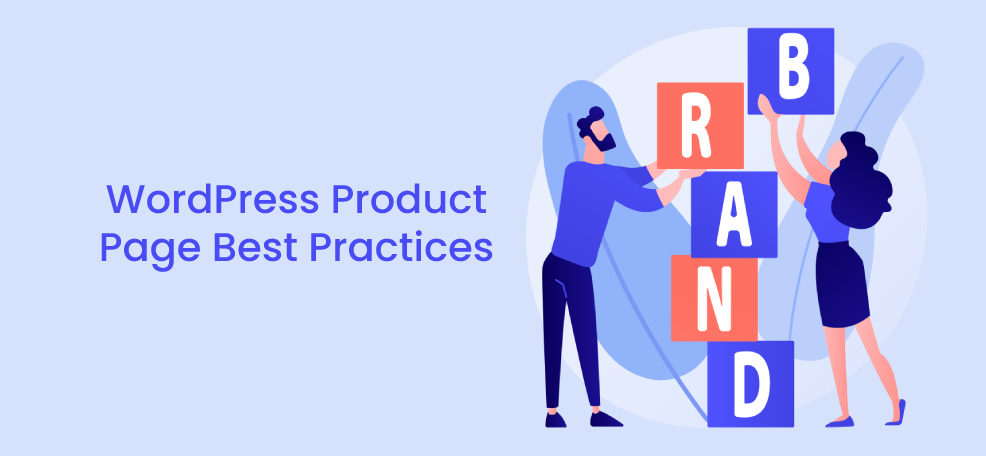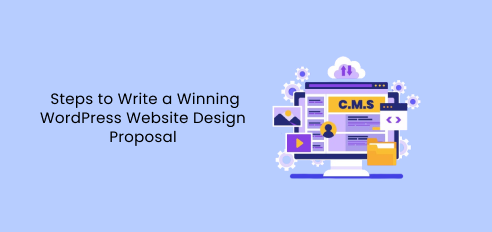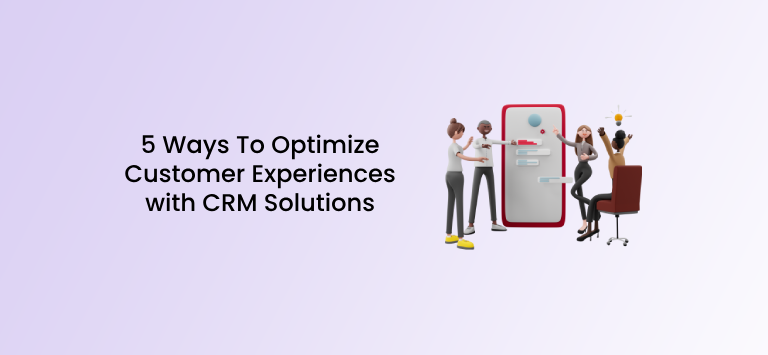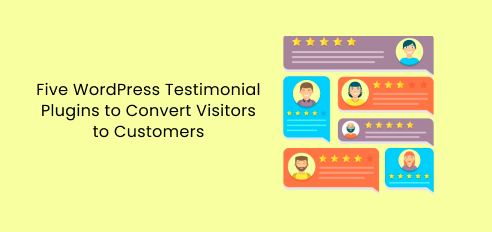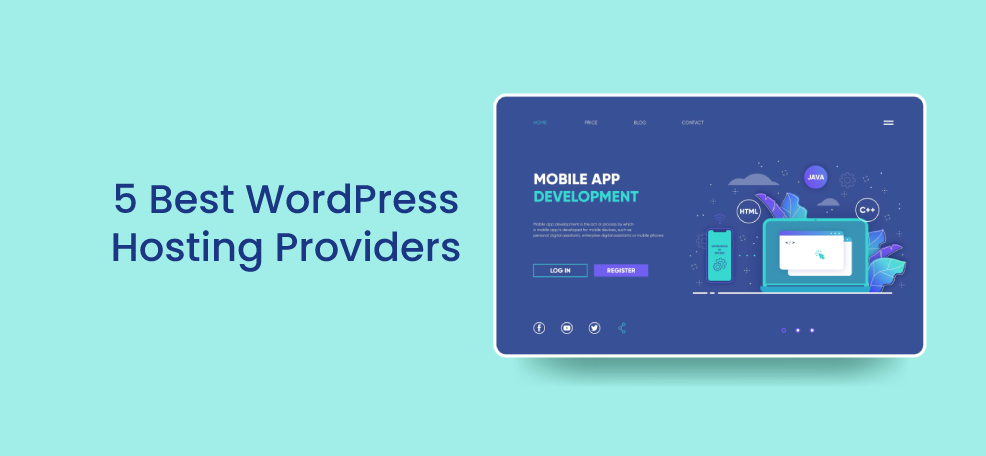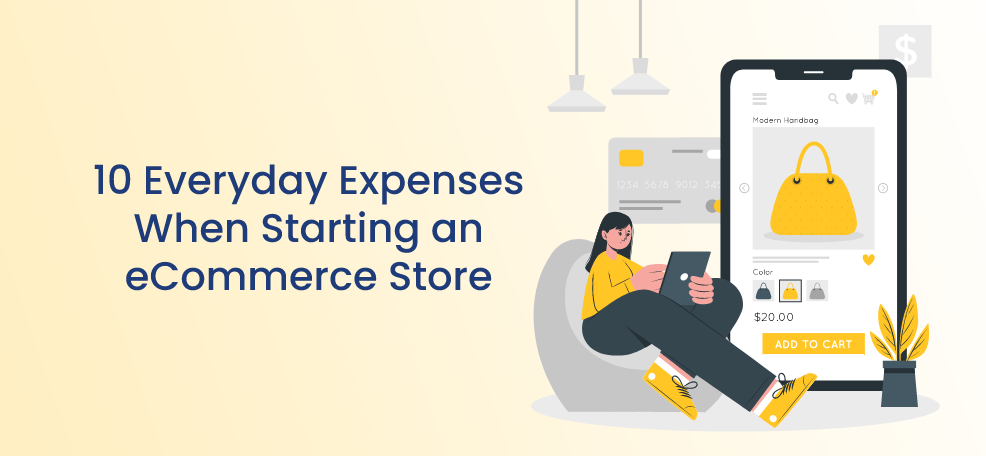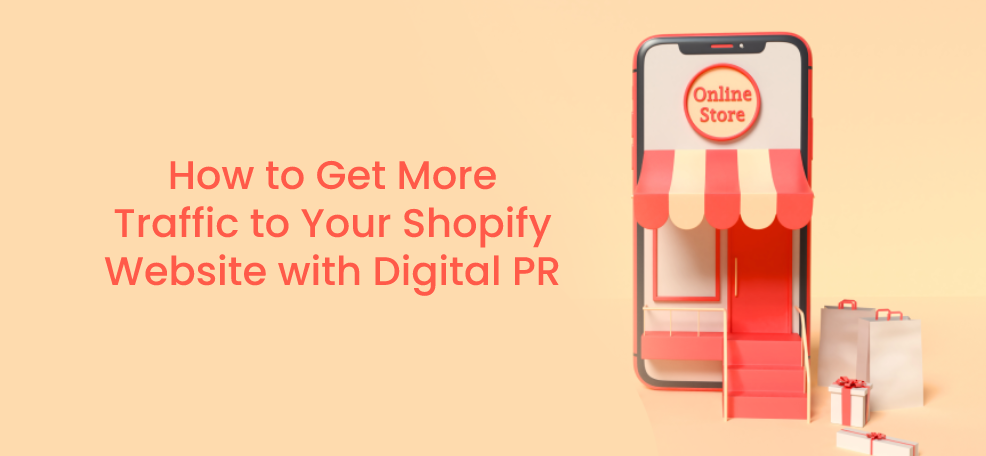Your product page has a huge impact on your business. It determines how powerful your store is and whether you attract customers. Your product pages need to be well-optimized so you can rank high on search engine pages for specific keywords.
Below are simple practices you can adopt to make your product page stand out:
Use High-Quality Images and Videos to Showcase Products
Online shoppers do not have the luxury of holding the items and checking them from different angles. As such, you need to take high-quality images for customers to assess the quality of the products. While quality matters, you also need to consider the size of the images as this too affects your sales.
The specifications of the images on your site should depend on the design of your ecommerce site and the nature of your images. Below are simple guidelines to help you upload quality images:
- Ensure the resolution of your images is at least 72 dpi as this ensures clarity
- Show multiple angles of the images including the back, front, and sides
- Offer the option to zoom or rotate the images to ensure customers can see more details
- Ensure the lighting, background, and saturation of the images is consistent in all images
Besides using high-quality images, you can also use 360º images to show a panoramic view of your products which can offer a complete view of the product from different angles. Apart from using images, you can use explainer videos to sell your products more.
According to a study by Stacks and Stacks, customers who watched a video were 144 percent more likely to buy the product. Videos are only ideal for products that require explanations. If, for instance, you sell cups, you may not need to create videos.
Create Interesting Product Descriptions
Product descriptions are important as they give the customers more details. Images are great but they will not show all the details and this is where a well-written description comes in handy.
It is easy to copy and paste descriptions from one product page to the next. However, this will only result in poor customer experience. You will also miss the chance to tap the organic traffic that comes with product descriptions. Your descriptions need to answer questions such as:
- What makes the product unique?
- What problem does the problem solve?
- What are the product dimensions?
Your product descriptions need to meet the unique value proposition you set for each product in a clear manner. You need to add as much information as possible but stay concise. It should show the product features and their benefits.
Add a Clear Call to Action (CTA)
Your customers need to know what to do next once they land on your product pages. You need to create a clear path that leads them to purchase the product.
An eCommerce site doesn’t need to be fancy. You only need a simple and clear “Add To Cart” button. Ensure your customers can find the button with ease.
Place the CTA in a prominent position in your product pages. Use contrast to ensure the button is highly visible against other elements on your web page. Before you upload your page or your product, ensure that the button is working.
Customers will also appreciate a confirmation message that shows them a product has been added to cart. From there, ensure the “View Cart” or “Checkout” button is also visible against other elements of the web page.
Add Customer Reviews
It is easy for customers to go for products that have reviews. For instance, assume you need a laptop and you find two options with the same features and the same price. If one has a tone of reviews, both positive and negative, and the other has no reviews, which one would you go for? Probably the one with reviews.
A survey by eMarketer shows that up to 87 percent of shoppers find customer reviews either very or somewhat important. Besides offering reviews, you need to make it easy for your customers to leave reviews after shopping.
Adding reviews can really build credibility among your users towards your website, especially for first-time users. You can try collecting and adding video testimonials or video reviews from micro-influencers which can really help in building trust towards your products.
Add Trust Badges Besides The Products
Shopping online can be confusing especially if you are doing it the first time. Shoppers not familiar with a specific brand need to be confident before they buy. It is up to you to instill confidence in the buyers.
Adding trust badges on the product page helps you boost the credibility of your brand. These badges show the customers that your business is real and you have taken the necessary measures to protect their money and their identity.
Most trust badge and security companies collect data about a business and verify its identity. With a badge, customers are sure that your business is legit and trustworthy.
For instance, having a badge from McAfee shows that your website is safe for shoppers. Other badges you might consider having on the page include:
- PayPal Verified
- VeriSign
- SSLValue Secured
- BBB Accredited
- GeoTrust Secure
- Verified by Starfield Secure
- Norton Secured
Offer Transparency on Shipping and Return Policy
It is disappointing to finally find the perfect product but you only find at the last stage of checkout that you have to pay a hefty fee to ship the product. Most likely, you will abandon the cart.
According to various studies, shipping costs affect conversions to a great extent as unexpected shipping costs were the main reason why most shoppers abandoned carts.
Your customers need you to be transparent in your prices, your discounts, and your shipping cost. Hiding shipping costs will lead to increased cases of abandoned carts.
If you charge shipping costs, include the information and the charges on the product page. This way, the customer will account for the cost of shipping even before they hit the “Add To Cart” button.
Besides shipping information, you need to add the returns policy. Customers not sure of the quality of the products you sell will want to know how long they should test the product before they can return it to you. You need to show the trial period and whether there are any return fees.
Enhance Page Speed
Even as you add so many features to your product pages, you need to ensure they can load in less than 3 seconds
You can have the highest quality images that customers can rotate and zoom, colorful CTAs, and great descriptions, but if the page takes a long time to load, customers will give up waiting.
Google estimates that up to 53 percent of mobile users will leave a site if it takes more than three seconds to load. There are several factors that affect how fast a page loads.
These factors include large images, complex website design, slow server response time, and large pages.
Good read: 10 Best Plugins for Speeding up Your Website Loading Time
You can use the Google PageSpeed Insight Tool to check your page speed and find ways to make the pages load faster.
Optimize the Pages for Mobile Shoppers
Insider estimated that the M-commerce industry will generate up to $284 billion in the U.S. by the end of 2020. By 2024, they estimate that shoppers on mobile devices will generate up to $1,076.92 billion based on the current numbers.
Granted, your product pages need to be optimized for mobile shoppers. You may need to tweak the desktop design of some pages to a more user-friendly mobile layout, so as to enhance the user experience of mobile users.
Good read: How to Make Your Website Mobile-Friendly: 10 Awesome WordPress Plugins to Use
The images on your pages need to be easy to load on small screens, the pages should load fast, and the checkout should accommodate mobile devices.
Before you go live, check your product pages from different screen sizes and see how it behaves. You should also check the buttons to ensure that they work seamlessly on mobile.
Other Simple Practices
- Apply the scarcity principle to show customers that they need to urgently buy your products. For instance, you can tell the customers that only a few products are left in stock or give them a deal that expires in a few days.
- Add a short FAQ page on the product page to give answers to the most common questions that shoppers ask. This is a simple strategy that allows you to offer transparency by providing as much information as possible to shed light on any doubts customers might have.
- You should also show price comparisons for shoppers who need to compare item prices.
- Personalize product recommendations to increase the number of products that a shopper buys.
Conclusion
The product page is the most important page in your eCommerce store. Everything on the page from reviews, images, videos, descriptions, and CTAs should be seamless. The page determines whether your customers buy your products or abandon carts.
To create the best product page, focus on user experience. What would you want as a user? Factors such as page load speed, quality images, clear call to action, and a detailed description will help you shop better. Include these on your product page and you will be good to go.
About the author
Rithesh Raghavan is the Director at Acodez, a Digital Agency in India, and the co-founder of Acowebs, an online store for eCommerce plugins. Having a rich experience of 15+ years in Digital Marketing, Rithesh loves to write up his thoughts on the latest trends and developments in the world of IT and software development.
